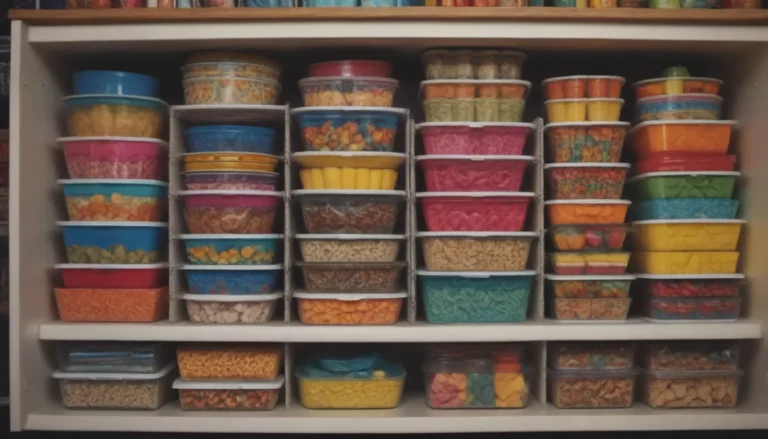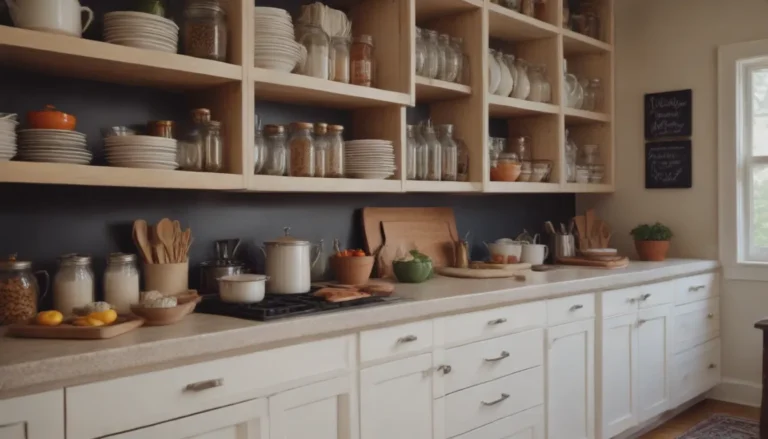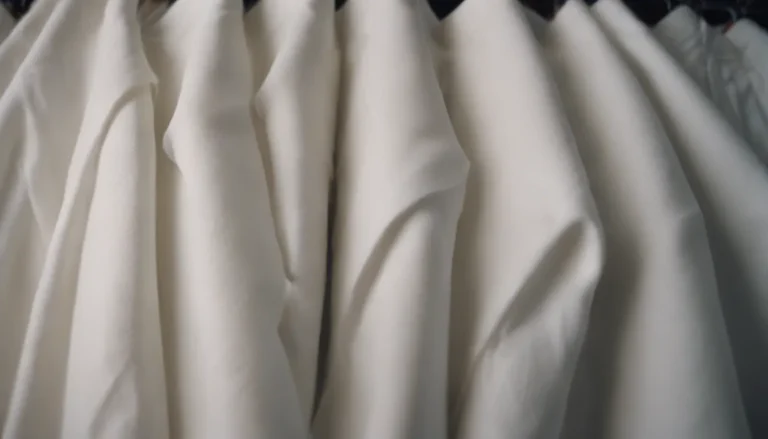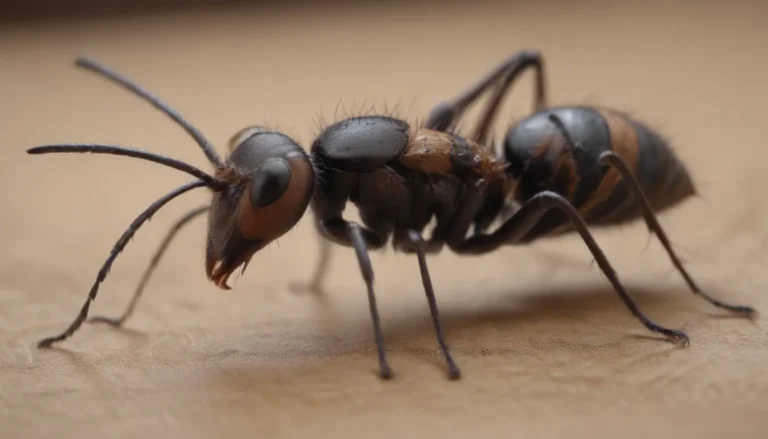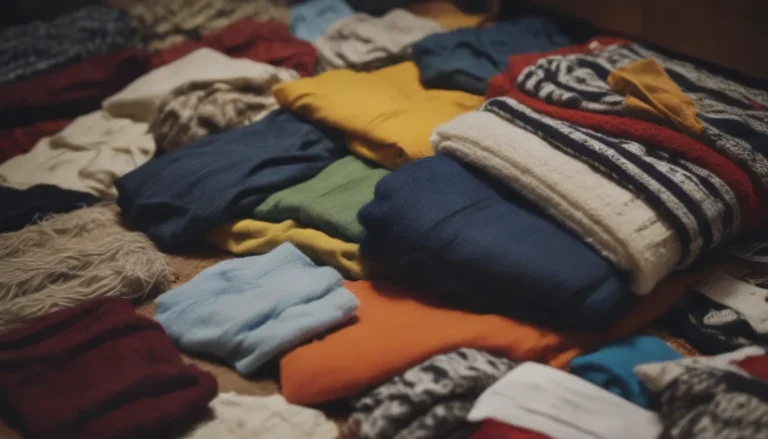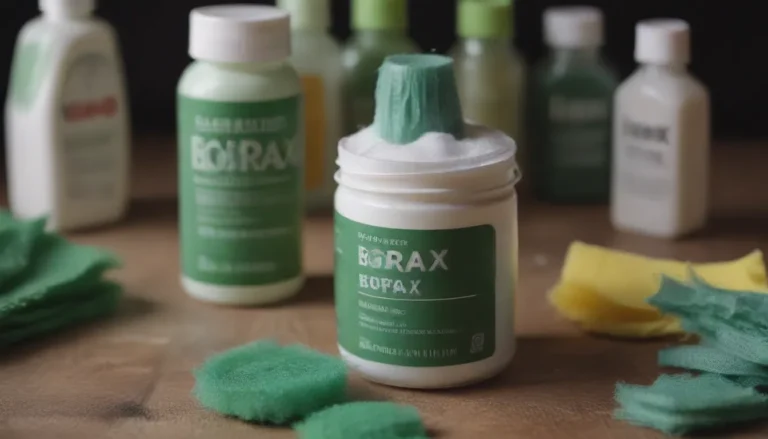The Ultimate Guide to Cleaning Every Type of Wallpaper
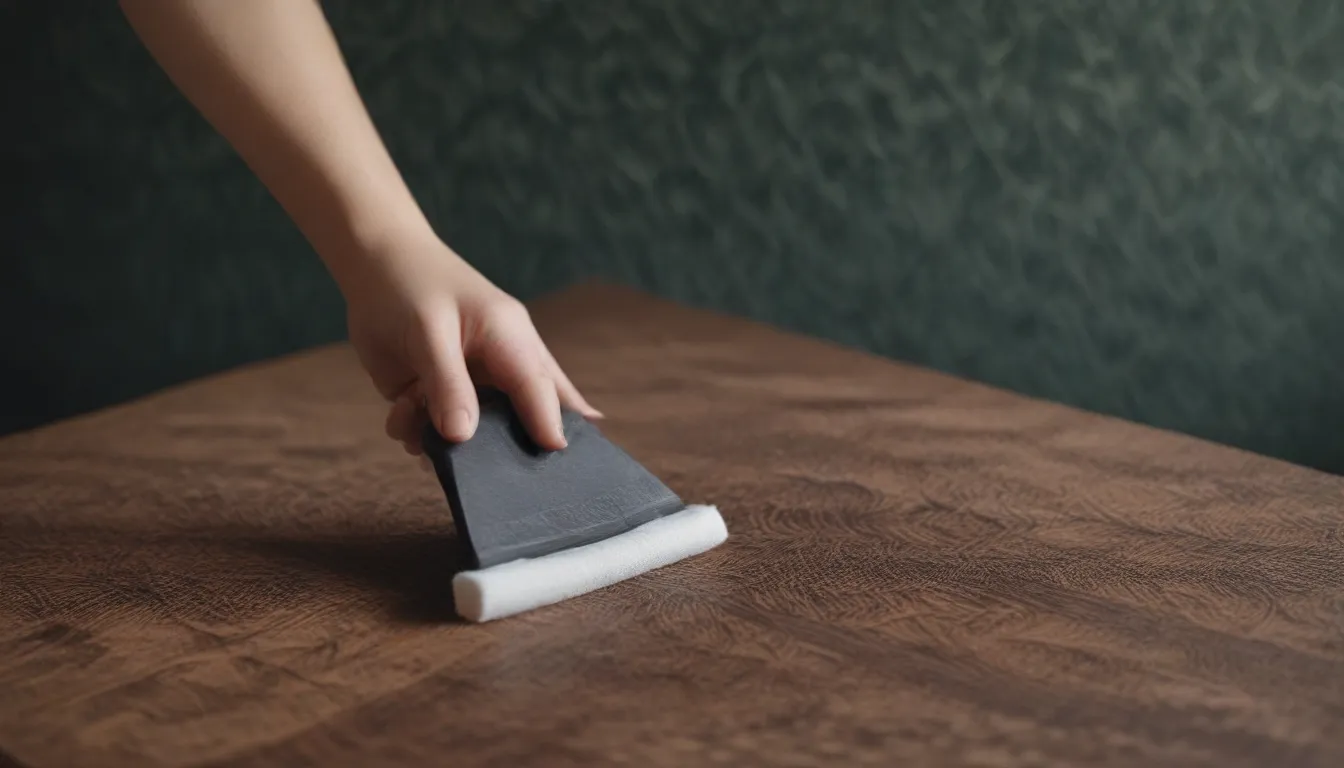
Welcome to our comprehensive guide on how to clean every type of wallpaper in your home. Keeping your walls clean is essential to maintaining a fresh and dust-free environment. Regular cleaning not only removes dust and grime but also extends the lifespan of your wallpaper, protecting your investment in professional installation. Whether you have washable or non-washable wallpaper, we’ve got you covered with tips and tricks to keep your walls looking their best.
Why Clean Your Wallpaper Regularly?
Cleaning wallpaper is more than just a chore – it’s a necessary task to prevent damage and maintain the beauty of your walls. Dust, grease particles, fingerprints, and daily grime can build up over time, leading to a dull and dirty appearance. By cleaning your wallpaper regularly, you can:
- Eliminate dust and airborne particles: Dusting removes surface dirt and prevents it from settling into the wallpaper fibers.
- Prevent smudges and stains: Regular cleaning prevents smudges, grease splatters, and mildew from becoming permanent.
- Extend the lifespan of your wallpaper: Proper maintenance can help your wallpaper look new for years to come.
- Save time and money: Cleaning is a cost-effective way to maintain your walls, avoiding the need for expensive repairs or replacements.
Plan on dusting your wallpaper every other month, or monthly if you live in a high-dust area. For deeper cleaning or to address stains, set aside about 15 minutes for a small bathroom and up to an hour for a regular-sized bedroom. Let’s dive into how to clean different types of wallpaper effectively.
Identifying Your Wallpaper Type
Before you start cleaning, it’s essential to know what type of wallpaper you have in your home. Different materials require specific cleaning methods and products to avoid damage. Here are some common types of wallpaper:
Washable Wallpaper
- Vinyl: Durable and easy to clean, vinyl wallpaper is resistant to moisture and can withstand gentle washing.
- Fiberglass: Made of woven fiberglass strands, this wallpaper is washable and ideal for high-traffic areas.
- Removable (Temporary): Peel-and-stick wallpaper is removable and can be gently cleaned with water.
- Fabric: While some fabric wallpapers are washable, others require dry cleaning to avoid damage.
Non-Washable Wallpaper
- Non-woven: Strong and tear-resistant, non-woven wallpaper should not be washed with water to maintain its integrity.
- Traditional, foil, and flocked paper: These papers are delicate and should be cleaned with caution to avoid damage.
- Grasscloth: Made from natural fibers, grasscloth wallpaper is not washable and should be cleaned with care.
- Bamboo wallpaper: Avoid using water-based cleaning solutions on bamboo wallpaper to prevent warping or discoloration.
If you’re unsure about your wallpaper type, perform a quick test before cleaning. Mix a small amount of dishwashing liquid with water and apply it to a hidden area of the wallpaper. If the color bleeds or the water soaks in, refrain from cleaning or using water-based solutions on the entire surface.
Four Easy Steps to Clean Wallpaper
Now that you’ve identified your wallpaper type, it’s time to clean it using everyday tools and simple cleaning supplies. Follow these four easy steps to clean all types of wallpaper effectively:
Step 1: Remove Surface Dust
Before deep cleaning, start by removing surface dust from your wallpaper. Dusting helps prevent spreading dirt and ensures a thorough cleaning.
- Tip: Dust vinyl and fiberglass wallpaper even if you plan to wash them. This step prepares the surface for deeper cleaning.
Step 2: Mix the Cleaning Solution
Prepare a gentle cleaning solution using warm water and a small amount of dishwashing liquid. Avoid using harsh chemicals that can damage your wallpaper.
Step 3: Wipe Down the Walls
Using a soft cloth or sponge, dip it in the cleaning solution and gently wipe down the wallpaper. Work in small sections, avoiding excessive moisture on the walls.
Step 4: How to Remove Stains
For stubborn stains or marks, use specific cleaning methods based on the type of wallpaper you have. Here are some tips for common stains:
- Remove grease spots: Use a dot of dishwashing liquid on a wet sponge to remove grease stains from vinyl and fiberglass wallpapers.
- Remove crayon marks: An art gum eraser can gently rub away scuffs and soil on all types of wallpaper.
- Remove mildew stains: Address mildew promptly to prevent permanent damage to your wallpaper.
Once you’ve cleaned the wallpaper, don’t forget to clean the doors and trim surrounding the walls. These areas can accumulate dust and fingerprints and should be wiped down with a damp cloth to maintain a cohesive look in the room.
Tips for Maintaining Clean Wallpaper
In addition to regular cleaning, there are preventive measures you can take to keep your wallpaper looking its best:
- Use the correct type of wallpaper: Choose wallpaper suitable for the room environment to prevent damage and make cleaning easier.
- Minimize humidity: Avoid placing wallpaper in high-humidity areas to prevent mold and mildew growth.
- Don’t smoke near it: Tobacco smoke can stain and yellow wallpaper, so keep smoking areas away from wallpapered walls.
- Follow the proper installation procedure: Ensure your wallpaper is properly installed to prevent peeling, bubbling, or other issues that can attract dirt and grime.
By following these tips and cleaning methods, you can maintain a clean and beautiful environment in your home while protecting your wallpaper investment. Remember, a little regular maintenance goes a long way in preserving the beauty and longevity of your walls.
In conclusion, cleaning your wallpaper doesn’t have to be a daunting task. With the right tools, knowledge, and a little elbow grease, you can keep your walls looking fresh and vibrant for years to come. So, roll up your sleeves, put on your cleaning cap, and give your wallpaper the TLC it deserves. Happy cleaning!
